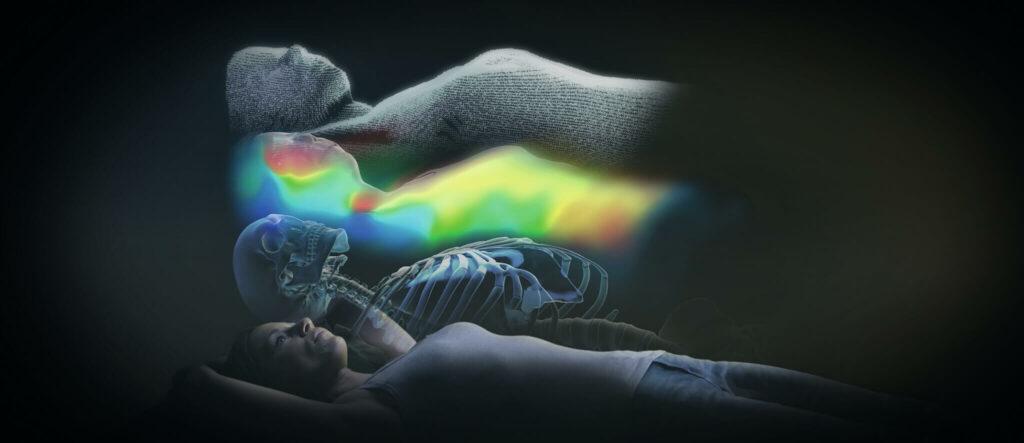Image Guided Radiation Therapy
Image-Guided Radiation Therapy (IGRT) is a type of radiation therapy that uses imaging techniques, like CT scans or X-rays, to guide the delivery of radiation. This allows doctors to target tumors more precisely, adjusting for any movement or changes in the tumor’s position, which helps protect surrounding healthy tissues.
About Image Guided Radiation Therapy
Accuracy and Precision Every time
Image-Guided Radiation Therapy (IGRT) uses imaging techniques during radiation treatment to improve accuracy. Types of image guidance include CT scans, and X-rays which help pinpoint the exact location of the tumor prior to treatment delivery. It’s important because tumors and normal anatomy can shift slightly between daily treatments, and precise targeting reduces harm to surrounding healthy tissues and ensure delivery of the correct radiation dose to the right place at the right time. We use IGRT by taking images before or during treatment to make real-time adjustments if needed. This technology leads to better outcomes, allowing higher doses to the tumor while minimizing side effects.

Cone Beam CT
Cone beam CT (CBCT) is an imaging technique used during radiation therapy to create 3D images of the treatment area. It allows doctors to see the exact position of the tumor and surrounding tissues before each session, ensuring precise alignment. This helps improve accuracy and minimizes radiation exposure to healthy tissues, leading to better outcomes.
BrainLab
ExacTrac Dynamic integrates advanced tracking technologies to provide high-precision treatments across a variety of patient positioning and monitoring workflows, including cranial and prostate treatments. This all-in-one system features a groundbreaking thermal-surface camera technology that works alongside real-time X-Ray tracking, ensuring exceptional accuracy for more effective treatments.



Paired kV imaging
Paired kV imaging uses kilovoltage X-rays taken from two angles to provide highly detailed images of the treatment area during radiation therapy. This imaging helps accurately position the patient and target the tumor by comparing daily images with the original treatment plan. It plays a key role in ensuring that radiation is delivered precisely, improving both accuracy and patient outcomes.
Fiducial Marker Match
Image-guided radiation therapy with fiducial markers helps doctors precisely target tumors. Small gold markers are placed inside or near the tumor to guide the treatment. This improves accuracy, reducing damage to nearby healthy tissue.

